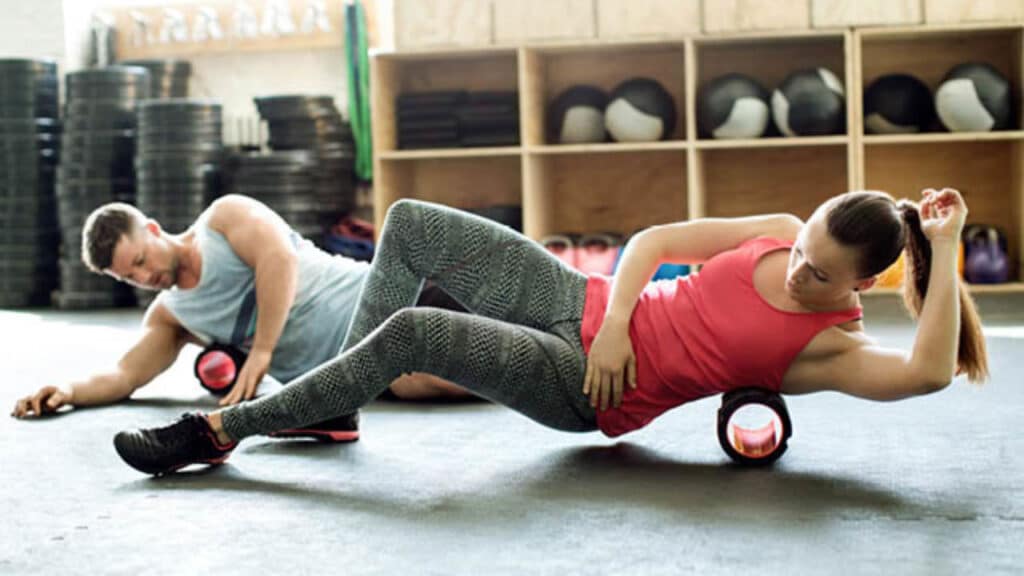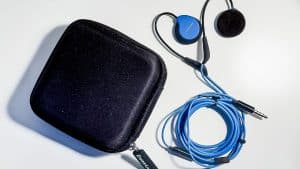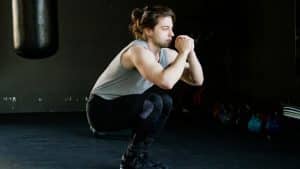Recovery in the exercise context serves two purposes. It allows you to heal from all the little muscle tears that are a natural part of working out, and it ensures you are in the best place to perform in your next session. It looks both backward and forward.
When you’re thinking about recovery, you need to think about both your short-term and long-term wellbeing. There are different routines you need both immediately after you have exercised and when considering your plans in the weeks and months ahead. When it comes to the first few hours after a workout, one of your priorities is likely to be what’s known as active recovery.
Active recovery, like the name suggests, means you don’t just lie down and not move until you feel recovered. It involves more exercise, just of the less-intense kind. Perhaps you go for a jog or even a walk. Perhaps you swim or cycle. It should be different from the main routine in your previous session. You want your heart rate to still be higher than its resting rate, but not racing.
In addition to the gentler aerobic exercises, the cooldown period immediately after your intensive workout is a good time for some light stretching and maybe even a massage. Your muscles will be warm and more flexible, which means you’re less likely to cause yourself an injury.
There’s a good reason for this. When you practice active recovery, your blood continues to pump around the body at an active rate. Exercise creates various waste products as it burns up nutrients and breaks down muscle. You need circulating blood to remove them. It helps refresh you.
Once that’s done, you need more nutrients to help build the muscle up again. That means replenishing your protein. You may need an energy boost as well. Some people have a snack, while others have a supplement, but proper nutrition after exercise is vital. Then, it’s the blood flowing around your body that will ensure those new nutrients are sent where they’re most needed.
It’s easy to think of recovery as a period of doing nothing, but that’s the wrong approach. It’s an active and engaged part of taking care of your body so you can maximize your performance. You should think about it after every exercise session.




